What is Murray Valley Encephalitis (MVE) and How is it Transmitted?
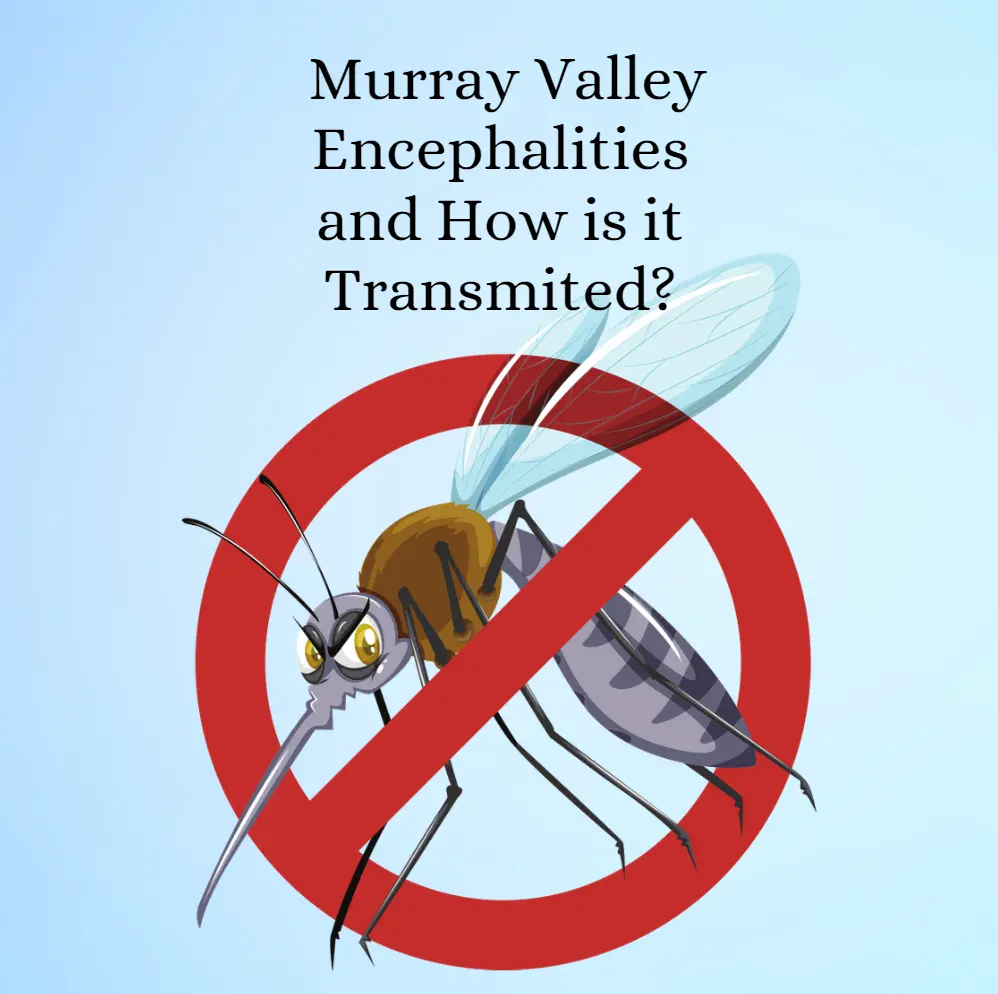
Murray Valley encephalitis (MVE) is a rare but serious disease caused by the Murray Valley encephalitis virus (MVEV). MVEV is transmitted to humans through the bite of an infected mosquito, primarily of the genus Culex. The disease was first discovered in 1950s in the Murray Valley region of Australia, however cases have since been reported in other parts of Australia, including Western Australia, Northern Territory, and Queensland. Let’s look further into understanding MVE and how it’s transmitted.
Symptoms of MVE
Symptoms usually appear between 5 and 15 days after being bitten by an infected mosquito. They can include fever, headache, nausea, and vomiting. Severe symptoms can also include neck stiffness or confusion due to inflammation on the brain or spinal cord. In serious cases, neurological damage can be permanent and result in long-term disabilities or even death. It’s important to note that not everyone who contracts this virus will experience severe symptoms; most people recover with no lasting effects.
Treatment for MVE
If you suspect that you may be infected with MVEV, seek medical attention immediately as diagnosis and treatment should be done as soon as possible. Treatment typically involves supportive care such as pain relief medications and fluids to manage any dehydration from vomiting or fever. Depending on the severity of your symptoms, antiviral drugs may also be prescribed to help relieve them faster. Vaccination against MVEV is available for those living in areas where there are high numbers of reported cases; however, it does not provide complete protection against infection so preventive measures are still encouraged even if vaccinated against this virus.
Preventive Measures
The best way to prevent contracting MVEV is to avoid getting bitten by mosquitoes altogether – which means wearing protective clothing while outdoors (long sleeves/pants), using insect repellents containing DEET or picaridin when necessary and avoiding outdoor activities during peak mosquito activity times (dusk/dawn). Also make sure that all standing water sources near your home are emptied regularly as these are prime breeding grounds for mosquitoes carrying this virus. If you live in a rural area where there have been reports of MVE cases then make sure to check with your local health department for additional preventive measures that you can take to protect yourself from infection.
Conclusion:
Murray Valley encephalitis (MVE) is a rare but serious illness caused by the Murray Valley encephalitis virus (MVEV). This virus is mainly transmitted through mosquito bites; therefore it’s important for people living in areas where there have been reports of MVE cases to take preventive measures such as wearing protective clothing while outdoors and using insect repellents containing DEET or picaridin when necessary. If you do happen to contract this virus then seek medical attention immediately – diagnosis and treatment should be done as soon as possible so that you can get back on your feet quickly!





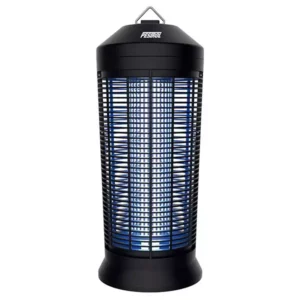
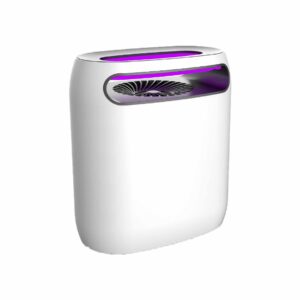

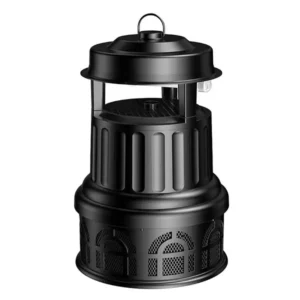
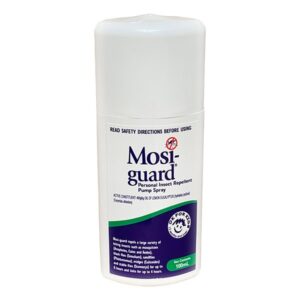
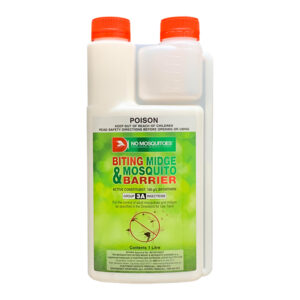
 Mosquito Traps
Mosquito Traps